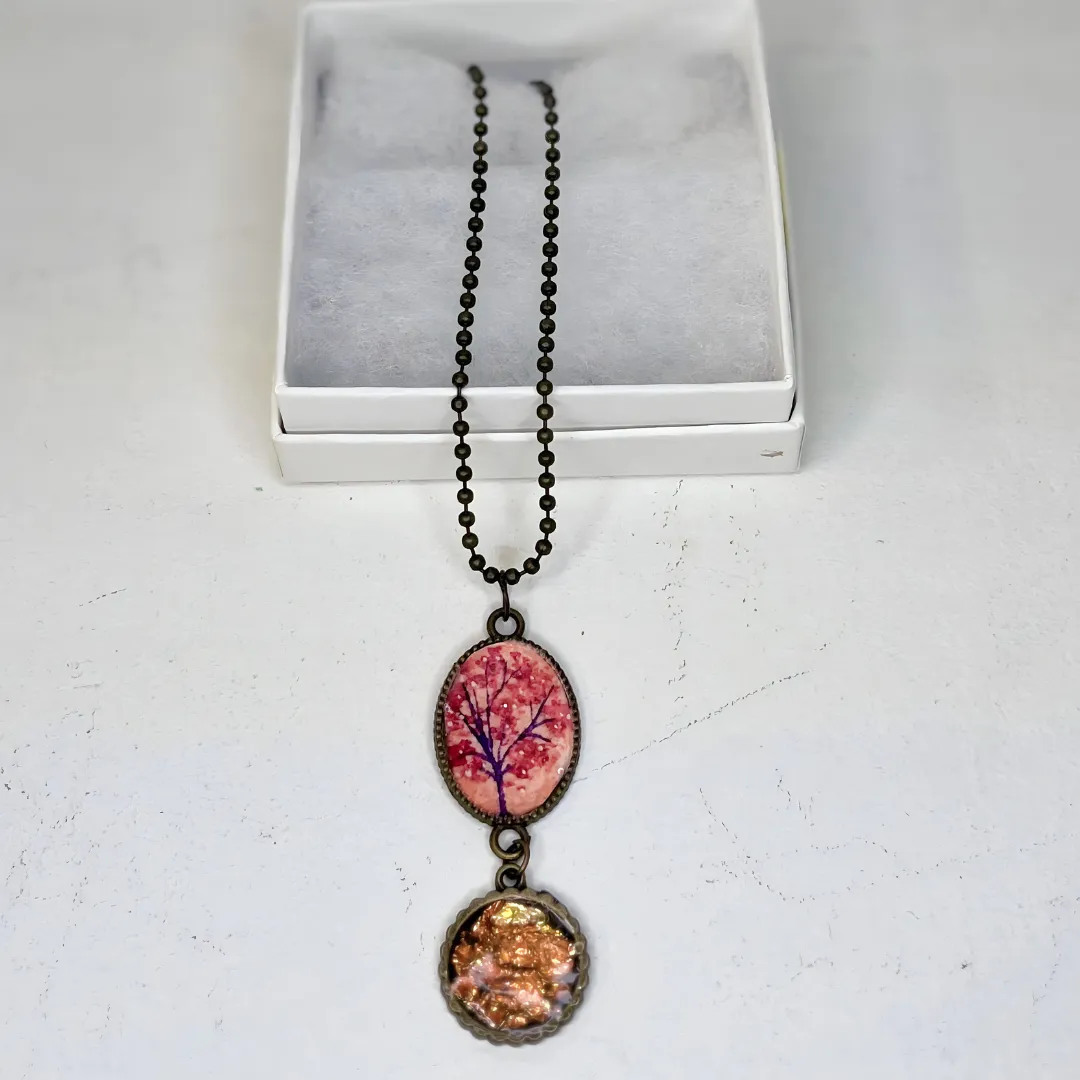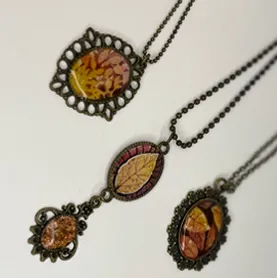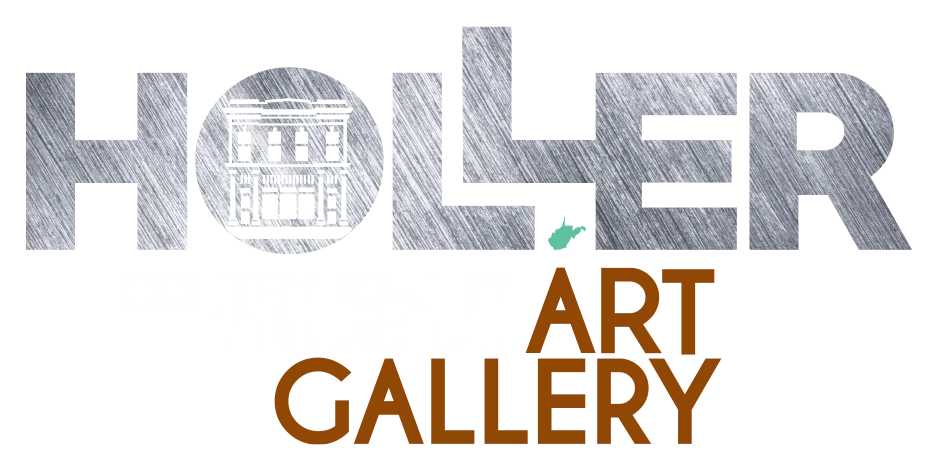BLOG

Why Contemporary Art Is Important
In a world perpetually shaped by shifting perspectives, evolving cultures, and technological leaps, why contemporary art is important resonates with more urgency than ever before. As a mirror reflecting the complexities of our time, contemporary art serves as a captivating narrative of societal shifts, cultural dynamics, and personal expressions. Beyond aesthetics, it challenges norms, sparks conversations, and offers a lens into the diverse tapestry of human experiences. Delving into this realm of creativity unveils a profound significance that reverberates through the very core of today's globalized society.
What is Contemporary Art
Contemporary art refers to the diverse and ever-evolving realm of artistic expression that reflects the current time and cultural milieu. It encompasses a wide range of mediums, techniques, and ideas, often pushing the boundaries of traditional norms. Characterized by its focus on individuality, exploration of societal issues, and engagement with modern technology, contemporary art invites viewers to engage in thought-provoking dialogues and explore the multifaceted nature of our world today.

Various Mediums of Contemporary Art
Contemporary artists embrace diverse mediums to convey their ideas and push artistic boundaries. From traditional forms to innovative multimedia, these mediums allow for rich exploration and self-expression:
Painting: In contemporary art, painting goes beyond traditional canvases. Artists experiment with materials, techniques, and styles, creating captivating visual narratives that challenge perceptions and evoke emotions.
Sculpture: Contemporary sculpture expands on traditional forms, incorporating unconventional materials and concepts. From monumental installations to intricate creations, sculptures engage viewers in spatial and tactile experiences.
Multimedia: The digital age has brought about a fusion of art and technology. Multimedia artists combine various mediums like video, sound, and interactive elements, creating immersive and dynamic artworks that explore the intersections of virtual and physical realities.
Evolution of Art: Traditional to Contemporary
The journey from traditional art to contemporary expressions marks a profound evolution that mirrors the progression of human thought, society, and technology. Traditional art, rooted in historical and cultural contexts, encapsulated the essence of its era through realism and symbolism. Classical masterpieces adorned museums and galleries, embodying timeless beauty and narratives. However, as the 20th century unfolded, a seismic shift occurred, giving birth to contemporary art. This movement shattered the confines of conventionality, embracing abstraction, conceptualization, and unconventional mediums. Evolution speaks volumes about the changing human experience, challenging perceptions, and inviting us to explore art's boundless horizons.
Reflection of Current Societal Issues
Contemporary art serves as a potent mirror reflecting the complexities of our times. Artists delve into pressing societal issues through canvas, sculpture, and multimedia. They amplify the voices of marginalized communities, shed light on injustices, and stir conversations on topics like climate change, identity, and inequality. As a conduit for expression, contemporary art offers a lens through which we can navigate the challenges and nuances of today's world.
Challenging Traditional Norms
Contemporary art's heart lies in boldly defying conventional norms and embracing innovative thinking. Artists of this era actively seek to disrupt established paradigms, fostering a space for unconventional creativity and pushing the boundaries of artistic expression:
Reimagining Mediums: Contemporary artists question the limitations of traditional mediums, experimenting with materials ranging from recycled items to digital elements. This reimagining breathes new life into art forms, creating fresh visual languages.
Conceptual Art: Departing from the emphasis on aesthetics, conceptual art challenges the notion of the physical object as art. Instead, it centers on the idea behind the work, inviting viewers to engage with abstract concepts and intellectual challenges.
Breaking Cultural Conventions: Contemporary artists challenge cultural stereotypes and preconceived notions by blending or juxtaposing elements from different cultural contexts. This fusion reflects the interconnected nature of today's global society.
Subverting Hierarchies: The hierarchical distinction between high and low art is questioned, with artists incorporating elements from pop culture, street art, and graffiti into their work. This challenges elitist perceptions of art and democratizes its appreciation.
Provocation and Shock: Some artists intentionally provoke discomfort or shock to challenge complacency. This strategy prompts viewers to question societal norms, sometimes leading to uncomfortable yet essential conversations.
Cultural Diversity and Globalization
In an era of unprecedented connectivity, contemporary art emerges as a dynamic canvas reflecting the intricate interplay between cultural diversity and globalization. This intersection becomes a fertile ground for artists to explore, celebrate, and question the complex web of identities and influences that shape our world:
Cross-Cultural Influences: Contemporary artists draw inspiration from various cultures, fusing elements, motifs, and traditions from diverse backgrounds. This cross-pollination of ideas results in artworks that transcend geographical boundaries.
Global Conversations: Art becomes a universal language for discussing humanity's shared challenges and aspirations. Artists engage with themes like migration, displacement, and cultural exchange, facilitating conversations that resonate globally.
Cultural Hybridity: The blending of cultural elements in contemporary art reflects the reality of a globalized society. Artists create pieces that showcase the fluidity of identities, challenging fixed notions of cultural authenticity.
Ethical Reflection: As cultures intertwine, ethical questions arise. Artists navigate these complexities, highlighting issues like cultural appropriation, commodification, and the preservation of traditional practices.
New Perspectives: Exposure to diverse artistic expressions cultivates a deeper understanding of worldviews. Contemporary art introduces viewers to perspectives they might never encounter, fostering empathy and openness.
Bridging Past and Present
Contemporary art is a captivating bridge that spans time, linking history's rich tapestry with the ever-evolving present. This intricate interplay between past and present creates a dynamic platform for artists to explore, reinterpret, and redefine our understanding of both eras:
Dialogues with Art History: Contemporary artists dialogue with past art movements. They reference, reinterpret, and sometimes challenge the works of old masters, breathing new life into timeless concepts.
Modern Technology and Techniques: Integrating cutting-edge technology in contemporary art creates a fascinating juxtaposition with historical elements. Digital media, virtual reality, and interactive installations infuse art with a futuristic flair.
Continuity of Themes: By revisiting enduring themes, contemporary artists demonstrate the enduring relevance of human experiences. While applying a modern lens, they shed light on universal emotions like love, loss, and identity.
Preservation and Transformation: Artifacts of the past find new meaning in contemporary creations. Objects and materials from bygone eras are repurposed, preserving their historical significance while metamorphosing into something new.
Reflection of Change: The bridge between past and present becomes a vantage point for observing societal shifts. Art documents the evolution of cultural norms, shedding light on progress, challenges, and the trajectory of change.
Engaging the Audience
Contemporary art transcends the confines of traditional observation, forging an interactive relationship between artist and viewer. Through interactive installations, multisensory experiences, and thought-provoking concepts, artists invite audiences to participate actively. This transformation from passive observer to engaged collaborator empowers individuals to bring their perspectives, emotions, and interpretations to the artwork. As viewers immerse themselves in the artistic process, they contribute to the ongoing narrative, breathing life into the creative dialogue between the artist and the audience.

Economic and Cultural Value
Beyond its aesthetic allure, contemporary art wields a dual significance that spans economic and cultural realms. As a dynamic force, it shapes economies and contributes to cultural dialogues, intertwining monetary worth with intangible cultural enrichment:
Economic Impact: The contemporary art market has experienced substantial growth, attracting investors and collectors alike. Artworks by emerging and established artists can appreciate significantly, establishing art as an alternative investment avenue.
Cultural Trends: Contemporary art mirrors the zeitgeist of its time, reflecting societal shifts, values, and concerns. As artists respond to these trends, their work becomes a visual commentary that fuels cultural conversations.
Cultural Identity: Artists often explore identity, heritage, and representation questions. Their creations contribute to the mosaic of cultural diversity, fostering a sense of belonging and pride among different communities.
Public Art Initiatives: Public art installations transform public spaces, creatively infusing urban landscapes. These initiatives beautify cities and cultivate cultural vibrancy and community interaction.
Art Tourism: The allure of contemporary art drives cultural tourism, attracting visitors to galleries, museums, and art events. This influx boosts local economies and enhances a region's reputation as a cultural hub.
Art's Influence on Urban Spaces
Contemporary art has become an influential catalyst in transforming urban environments into dynamic and engaging landscapes. As cities evolve into complex hubs of culture and creativity, art's presence becomes a powerful agent of change, leaving an indelible mark on both physical spaces and the communities that inhabit them:
Beautification and Revitalization: Public art installations inject color, vibrancy, and visual interest into urban areas. Neglected spaces are revitalized, breathing new life into neighborhoods and creating a sense of pride among residents.
Community Identity: Art reflects the unique identity of a community. Murals, sculptures, and installations can capture local stories, traditions, and histories, fostering residents' strong sense of belonging.
Cultural Exchange: Urban art can be a conduit for cross-cultural exchange. International artists contribute to a city's artistic tapestry, introducing new perspectives and enriching the cultural fabric.
Tourist Attraction: Art-centric neighborhoods become magnets for cultural tourists. Visitors are drawn not only by renowned galleries and museums but also by street art, installations, and creative hubs.
Creative Engagement: Public art encourages interactive engagement. Outdoor installations invite passersby to stop, reflect, and interact with the artwork, fostering a connection between individuals and their surroundings.
Contemporary art is a testament to the intricate relationship between creativity, society, and self-expression in a perpetually evolving world. Its significance lies in its visual allure and its power to challenge, inspire, and reflect the myriad facets of our existence. Contemporary art enriches our cultural landscape and sparks dialogues that shape our collective journey by embracing diverse mediums, bridging the past and present, and engaging with societal issues.
To explore the captivating world of contemporary art, get in touch with us today. Discover thought-provoking creations that ignite imagination and push boundaries. Feel free to fill out our inquiry form on our website. Let's embark on a journey of artistic exploration together.
Visit the
Collection & Gift Gallery


Brooklynn Lilly

Brooklynn Lilly

Brooklynn Lilly

Brooklynn Lilly
Our Story
We are a non profit fine art gallery near the coal fields of central Appalachian
We showcase a variety of professional artists from across the region, across the regions from Pennsylvania to GA.
Holler Gallery is a renovated space, previously as the Virginia Bank of Commerce in 1917 , repurposed as an art gallery to showcase local artists in a professional space.
The goal is to promote emerging artists in a professional setting 100 years later, after several businesses have come and gone, the Holler Gallery was established. In 2017, fellow artist Chase Bowman created Holler as a venue for fine Appalachian art. Since 2020 Director Richard Shrewsbury has tried to maintain The established aesthetic, while expanding our focus on education and community involvement.
Holler Gallery also hosts an annual open call show, in tandem with special events shows. That allows emerging artists the opportunity to show their work in a professional setting.

Art of Recovery
National Prevention
Week
National Prevention Week is an annual observance that highlights the importance of prevention efforts in the fields of substance abuse, mental health, and behavioral health. This week-long initiative serves as a platform to engage communities, schools, organizations, and individuals in raising awareness about the various ways to promote overall wellness and make positive choices.

Memories on Mercer Street
Mural Project
The Mural Project stands as a vibrant testament to the power of art in shaping and revitalizing communities. Through skillful brushstrokes and creative expression, this project transforms blank walls into captivating canvases that tell stories, honor histories, and evoke emotions.

Explore the Collection





304-431-4975 I Question? Email Us
Location:
900 Mercer Street
Princeton, WV 24740
Hours:
Friday 1:00pm-5:00pm
Saturday 10:00am -5:00pm
304-431-4975 I
Question? Email Us

900 Mercer Street
princeton,WV 24740
Hours:
Friday 1:00pm-5:00pm
Saturday 10:00am -5:00pm
Copyright 2023 Holler Contemporary Appalachain Art Gallery
All rights reserved I Terms & Conditions



